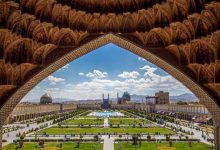Describe Isfahan city
Situated in the heart of Iran, approximately 340 kilometers south of the capital, Tehran, lies the historical city of Isfahan – often referred to as the ‘Half of the World’. With a rich tapestry of history that dates back over 2,500 years, Isfahan is the quintessence of Persian culture, art, and architecture. This essay delves deep into the heart of this majestic city to explore its rich history, magnificent architecture, and its vibrant contemporary life.
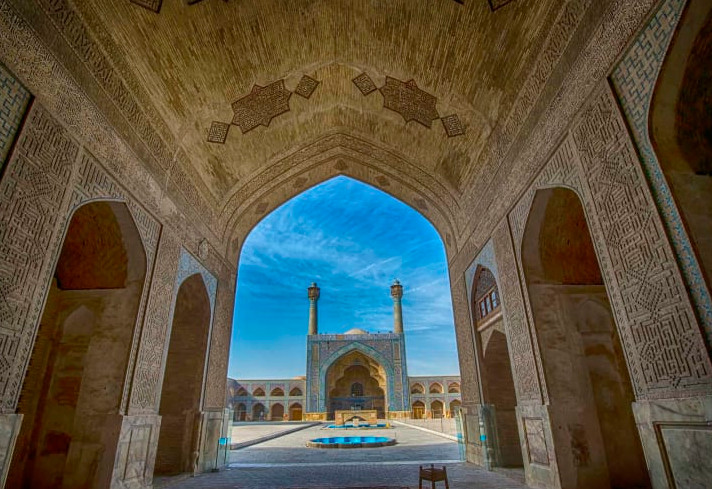
Historical Significance
Isfahan’s historical importance cannot be overstated. As the capital of Persia on multiple occasions throughout history, the city has witnessed the rise and fall of empires, becoming a central hub for political, economic, and cultural activities. The Sassanid era saw the construction of grand fire temples in the city. Later, during the Seljuk dynasty, Isfahan emerged as a major center for Islamic philosophy and science.
However, it was during the Safavid dynasty in the 16th and 17th centuries that Isfahan truly came into its own. Shah Abbas the Great, who made it his capital, undertook a massive reconstruction project which transformed Isfahan into one of the grandest cities in the world. Craftsmen, artists, and scholars flocked to the city, making it a melting pot of diverse ideas, traditions, and aesthetics.
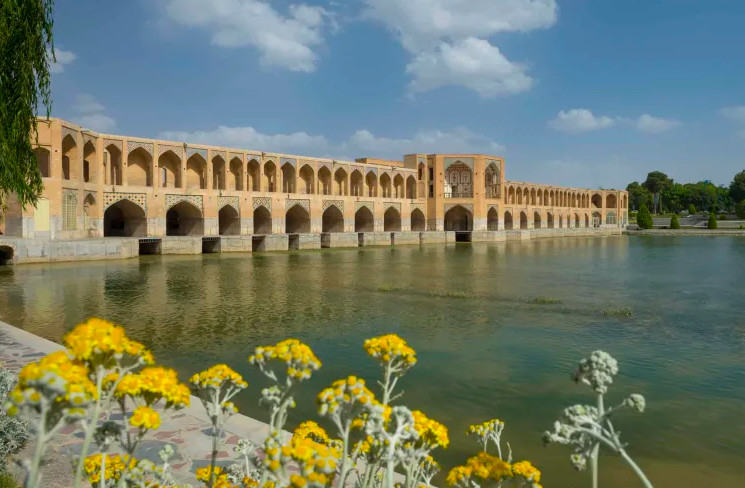
Architectural Marvels
One of the city’s most iconic landmarks is the Imam Square (or Naqsh-e Jahan Square). As one of the largest city squares in the world, it’s surrounded by architectural wonders: the Shah Mosque with its azure tiles and towering minarets, the Ali Qapu Palace with its unique music room, and the Sheikh Lotfollah Mosque, known for its mesmerizing tile work and a dome that changes color from cream to pink, depending on the time of day.
Connecting the square to the Zayandeh River is the bustling Grand Bazaar. Its high arched ceilings and intricate brickwork are a testament to the architectural prowess of Safavid artisans. The bazaar is not just an architectural marvel; it’s a sensory journey. The fragrant smell of spices, the shimmering textiles, and the gentle chime of metalwork offer visitors a visceral experience of traditional Persian life.
Further, the Zayandeh River itself is adorned with historic bridges like the Si-o-se-pol (Bridge of Thirty-Three Arches) and the Khaju Bridge. These aren’t mere crossings; they are social hubs. On any given evening, you can find locals singing traditional songs, reciting poetry, or simply soaking in the serene ambiance.
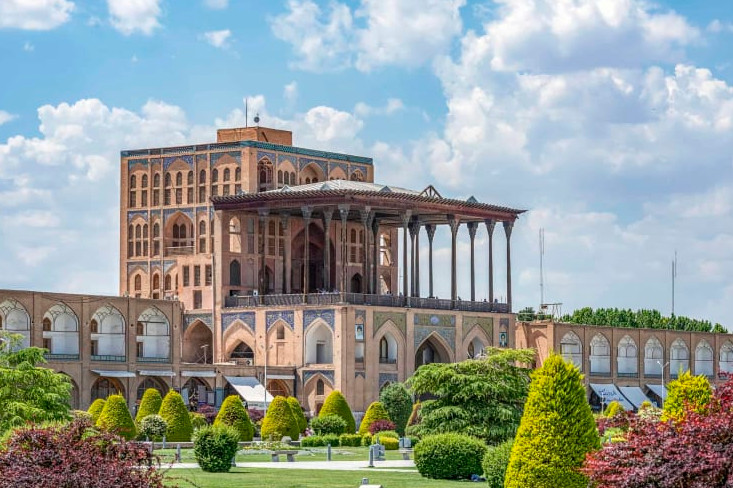
Cultural and Artistic Legacy
Isfahan is a treasure trove of Persian arts and crafts. The city has been the cradle of various art forms, such as miniature painting, calligraphy, tilework, and carpet weaving. Its legacy in carpet weaving is particularly noteworthy. Isfahani carpets, with their intricate designs and vibrant colors, are considered among the finest in the world.
The artistry isn’t limited to tangible crafts. Music and dance also have deep roots in Isfahan. From the melancholic strains of traditional Tar to the rhythmic beats of folk dances, Isfahan’s art scene is as diverse as it’s profound.
Moreover, the city’s intellectual pursuits remain equally vibrant. Over centuries, it has produced a number of poets, philosophers, and scholars who have contributed significantly to Persian and Islamic thought.
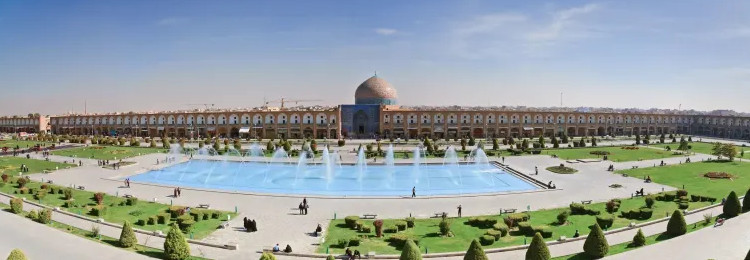
Contemporary Isfahan
Isfahan isn’t just a relic of the past. It’s a thriving, bustling city that has gracefully integrated modernity with its ancient soul. Its streets are a blend of old and new, where you can find modern cafes adjacent to traditional teahouses. Contemporary art galleries thrive alongside ancient mosques and palaces, ensuring that the city’s cultural and artistic lineage continues to flourish.
A testimony to this harmonious blend is the city’s universities. Institutions like the University of Isfahan and Isfahan University of Technology are pushing the frontiers of modern science and research, all while being nestled in a city that reverberates with ancient wisdom.
Lastly, the spirit of Isfahan can best be felt through its people. Isfahanis, known for their warm hospitality and keen sense of humor, are the heartbeat of the city. They are proud custodians of their rich heritage, yet always open to new ideas and global influences. Whether they are reciting verses from Hafez under the arches of Khaju Bridge or discussing global affairs in a local cafe, they embody the essence of Isfahan – a harmonious blend of the old and the new.
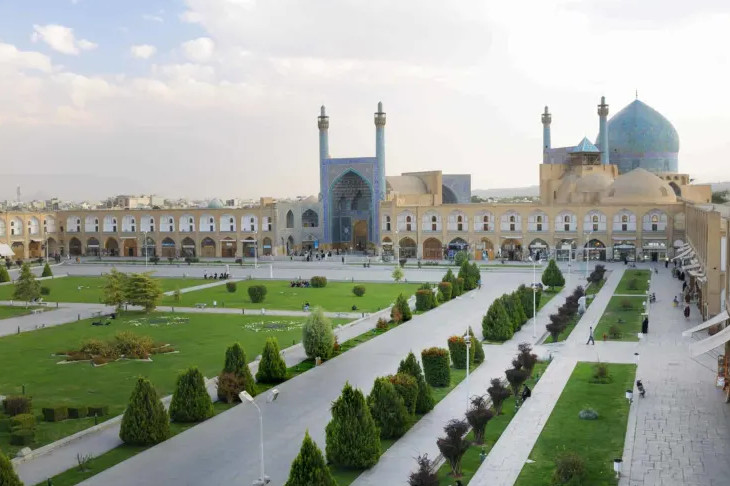
Why is Isfahan called half of the world?
The epithet “Isfahan nesf-e jahan” (Isfahan is half of the world) has both historical and cultural underpinnings that evoke the city’s grandeur, cultural significance, and its status as a prominent hub during certain historical periods.
- Cultural and Architectural Grandeur: During the height of the Safavid dynasty, especially under Shah Abbas I in the 16th and 17th centuries, Isfahan underwent tremendous growth and architectural transformation. Shah Abbas moved the capital from Qazvin to Isfahan and initiated several ambitious architectural projects. The city boasted some of the most magnificent palaces, mosques, squares, and bridges in the world. With the construction of Naqsh-e Jahan Square (Imam Square) surrounded by several iconic buildings, and the growth of the Grand Bazaar, Isfahan became a masterpiece of Persian and Islamic architecture.
- Economic and Political Significance: As the capital of the Safavid Empire, Isfahan was not just a cultural and architectural hub, but also a significant political and economic center. The city sat at the crossroads of major trade routes and was a melting pot of various cultures, ethnicities, and religions.
- Intellectual and Artistic Flourishing: The city was also a hub of intellectual and artistic pursuits. It attracted poets, philosophers, theologians, artists, and craftsmen from different parts of Persia and even from other countries. This influx of talent transformed Isfahan into a center of art, philosophy, and science.
- Cultural Exchange and Diversity: The city’s position on the Silk Road meant that it was exposed to a plethora of cultures, ideas, and goods. Isfahan was a place where East met West, and this interaction was evident in the city’s markets, art, and even its architecture.
- Tourism and Anecdotal References: The saying is also reinforced by travelers and poets who were in awe of the city’s beauty and significance. When travelers visited Isfahan and witnessed its splendor, they would often compare it favorably to other grand cities they had seen.
Taken together, these elements showcase why Isfahan was colloquially referred to as “half of the world.” The phrase encapsulates the idea that seeing Isfahan would offer you the cultural, architectural, and intellectual experience of having seen half the world.
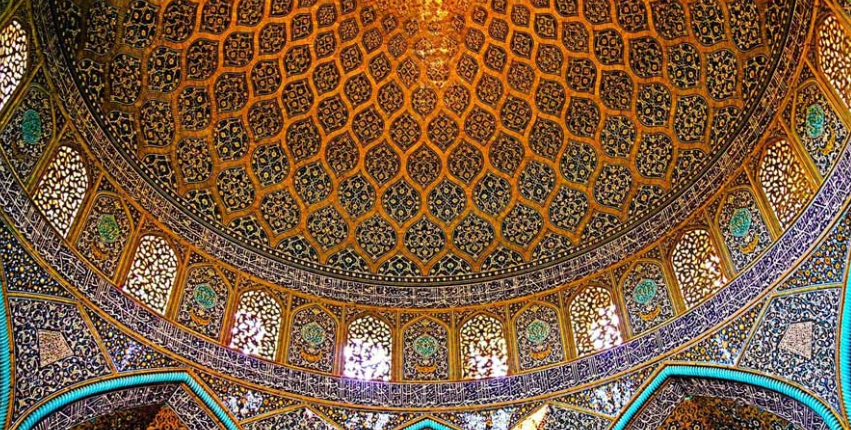
What is the Isfahan style of architecture?
The “Isfahan style” of architecture refers to the architectural developments that took place primarily during the Safavid era, when Isfahan was the capital of Persia. This period, especially during the reign of Shah Abbas I (1587-1629), saw a blossoming of Persian art and architecture. The Isfahan style is distinct and represents a culmination of various architectural elements from earlier Persian dynasties, synthesized and refined during the Safavid period. Here are some defining features of this style:
- Central Square and Urban Planning: One of the most iconic features of Isfahan’s architectural development during the Safavid era is the creation of the Naqsh-e Jahan Square (also known as Imam Square). It’s one of the largest city squares in the world and represents a unique urban planning achievement. Around this square are some of the most significant architectural gems of the era.
- Iwan and Courtyards: A common feature in Persian architecture, the iwan (a vaulted space opening onto a courtyard) was further developed and magnified in Isfahan. The Safavid mosques often featured large iwans on their sides, providing a monumental entrance or prayer space.
- Rich Tilework: The use of blue tiles became a signature of Isfahani architecture. Mosques, palaces, and other structures were adorned with azure and turquoise tiles, often with intricate patterns and calligraphy. The tilework wasn’t just blue; it also incorporated a variety of other colors and patterns, making buildings shimmer and stand out.
- Minarets and Domes: The Safavids continued the Persian tradition of constructing grand domes and towering minarets. These structures were not only functional but also symbolized the heavens and cosmic order. The domes in Isfahan often had a bulbous shape with intricate tilework, and they were constructed with impeccable acoustics.
- Integration with Nature: Safavid architecture in Isfahan also emphasized harmony with nature. The city’s gardens, like the Chehel Sotoun (Forty Columns) palace and garden, were designed to represent paradise on Earth, integrating water channels, fountains, and a variety of flora.
- Bridges: Isfahan’s location by the Zayandeh River gave rise to several iconic bridges. These were not merely functional structures but also served as public spaces for gatherings and events. Bridges like Si-o-se-pol (Bridge of Thirty-Three Arches) and Khaju Bridge are testaments to both the architectural prowess and the social role of infrastructure in Safavid Isfahan.
- Multifunctional Spaces: Many structures in Isfahan served more than one purpose. Mosques often had madrasas (educational institutions) attached. Bazaars were not just places of trade but also featured mosques, caravanserais, and bathhouses.
- Use of Perspective: The buildings were often designed to create a sense of awe and grandeur as one approached them. This was achieved through the use of height, space, and perspective, making monuments appear even more monumental.
The Isfahan style is a reflection of the city’s cultural, religious, and political significance during the Safavid era. It encapsulates the essence of Persian aesthetics, while also incorporating elements from earlier architectural traditions and those of neighboring regions, leading to a style that is both distinctly Persian and universally admired.


